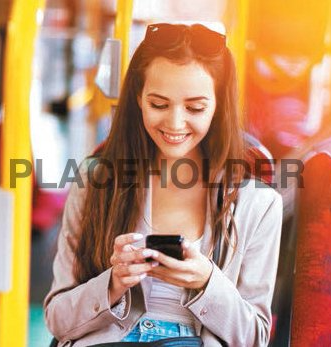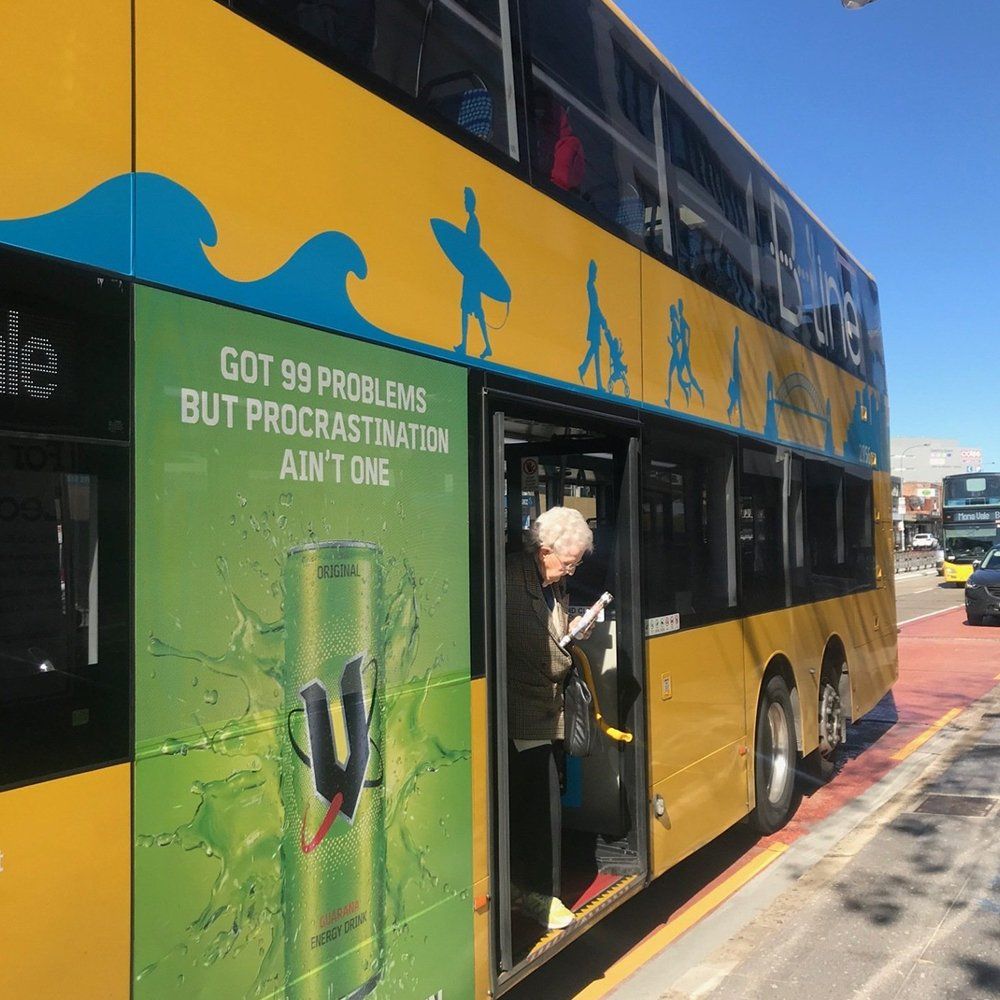Ticketing
Ticketing
All you need is a SmartRider card. This is the cheapest and most convenient way to ride on all Transperth services. The card fits into your wallet and is reusable, letting you top-up with additional funds as you need.
Opal cards are smartcard tickets that you keep, reload and reuse for travel on any modes of public transport in NSW. Simply add value to your Opal card then tap on and tap off to pay your fares on any Keolis Downer Northern Beaches bus service.
If you don’t have an Opal card, you can use a contactless payment card such as an American Express, Visa or Mastercard for the same fare and benefits as an Adult Opal card.
Accessible travel
Accessible travel on buses:
- If you are person with a disability, you will be given priority boarding. The bus driver will assist you with getting on and off the bus safely. Read the accessible bus travel information when planning your trip.
- If you have limited mobility or feel unsteady on your feet, sit near the front of the bus. Stay seated and avoid changing seats while the bus is moving. When getting off the bus, use the front doors.
- If travelling with a pram and young children, you can board with the child in the pram on accessible buses. You can also take your child out, fold up the pram and carry or assist your child onto the bus.
- There is an accessible next stop button in the mobility aid seating area that indicates to the driver to pull in close and lower the bus at the next stop.
Planning an accessible trip with the Trip Planner shows you which bus services have accessible features. On printed bus timetables, look for the wheelchair accessible symbol or the letter ‘a’ for accessible.
On rare occasions, due to operational requirements a non-accessible bus may be used to substitute accessible services.
Wheelchair users can travel on non-accessible buses if they are able to leave their chair and get on and off the bus with or without the help of a companion.
The wheelchair must be folded and stowed away to keep aisles clear and allow other passengers to enter and leave the bus.
If you require assistance or the ramp to board the bus, position yourself in a safe spot where the driver can see you when waiting at the bus stop.
When catching a bus with your mobility device, the driver can assist with:
- lowering the bus and extending the ramp so you can get on and off
- asking other passengers to move so you can access the designated area
- service and trip planning information.
For more information, please go to https://transportnsw.info/travel-info/accessible-travel/accessible-bus-travel
If you would like to provide suggestions on how we can make our bus services more accessible, please contact us through the feedback form.



